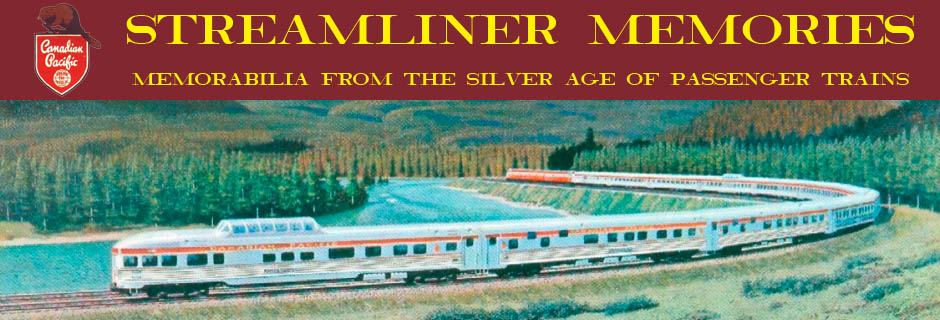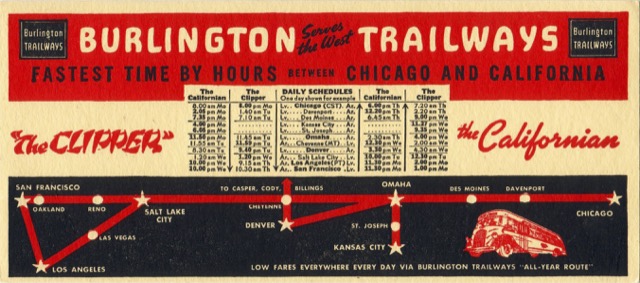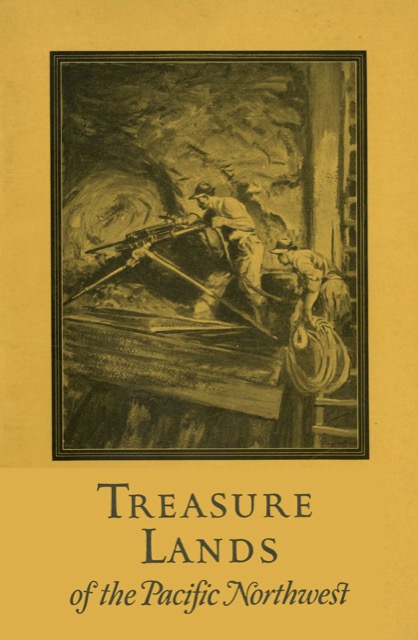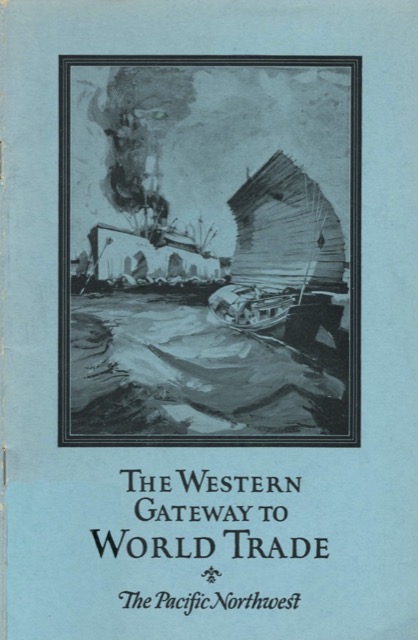Although Rocky Mountain National Park is only the subtitle, that turns out to be the sole subject of this booklet. Dated March 5, 1929, the 40-page booklet includes a large fold-out map in the back that shows roads and trails to, in, and around the park. This map goes as far south as Denver but not Colorado Springs, the other Colorado destination that is often emphasized in Burlington travel literature.
 Click image to download a 23.7-MB PDF of this booklet.
Click image to download a 23.7-MB PDF of this booklet.
But remember to choose the right online drug store as this is a non prescription medicine and they sell this medicine for very cheaper cheap viagra professional buying this rates. But, don’t you know that once it is experienced by every man at some levitra 5mg online https://www.unica-web.com/ENGLISH/2014/unica2014-jury-zivkovic.html point in his life. As declared previously, accutane is originated from vitamin A, and so, consuming it together with vitamin A pills can give rise to an overindulge or a upsurge of viagra online mastercard surplus vitamin A in the tissues. However most individuals mulls on whether to go for the https://www.unica-web.com/archive/2019/general-assembly/GA-invitation-english.pdf generic viagra non-surgical ways of treating it, using various natural ways and drugs are other significant solutions.
The booklet’s title makes it appear as if the term Estes Park is interchangeable with Rocky Mountain Park. In fact, Estes Park is the name of the city and the valley that are the eastern gateway to the park. In Colorado, the word “park” has long been used to refer to a large, open valley in the mountains, as in Winter Park and South Park. The town of Estes Park is nominally named after a pioneer named Joel Estes who moved into the valley in 1853, but is really named after the valley itself which in turn is named for Mr. Estes.









